1. San Francisco, California
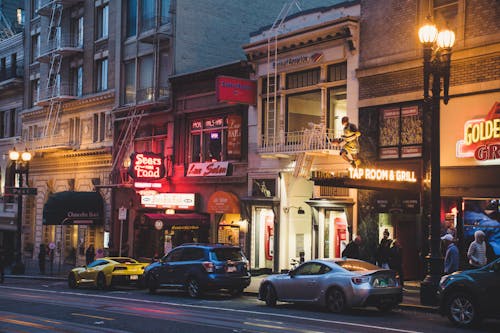
In San Francisco, real estate listings might describe a property as a “contractor’s special” — which usually means it’s barely standing. You’ll also see words like “cozy” for 400-square-foot studios that go for over $2,000 a month. If a listing mentions “tons of potential,” brace yourself for a serious fixer-upper. The city’s steep prices and limited inventory have led to some very creative descriptions.
San Francisco’s housing stock is famously old, with many Victorian-era homes that need updates. Because space is tight, agents often stretch the truth about square footage or use ambiguous terms like “bonus room.” Listings rarely show the full picture, especially when a unit is part of a subdivided home with unclear legality. Understanding the real estate lingo here is like learning a local dialect.
2. New Orleans, Louisiana
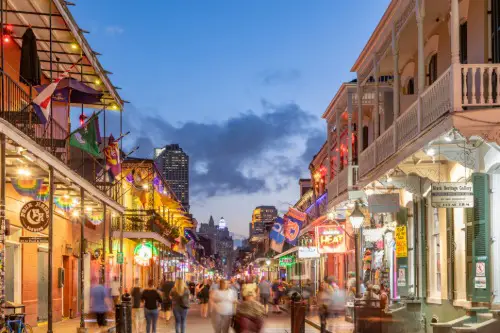
If you see “historic charm” in a New Orleans listing, it might be code for outdated wiring or slanted floors. Many homes in neighborhoods like the French Quarter or Bywater are over a century old. “Quaint” might mean there’s no central A/C, and “needs a little love” is usually more like “bring a contractor.” The city’s unique housing stock means the euphemisms come fast and loose.
Listings in New Orleans also play up “elevated homes,” which can be essential in flood-prone areas — but might indicate previous water damage. Agents often highlight “proximity to nightlife,” even if the property is above a rowdy bar. Because the city blends tourism and residential living, the descriptions often blur reality. Reading between the lines is essential when hunting in the Big Easy.
3. Phoenix, Arizona
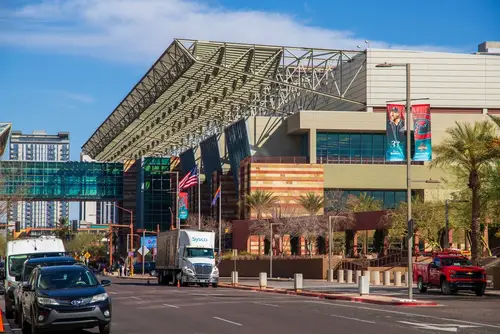
In Phoenix, phrases like “low-maintenance landscaping” can be a euphemism for a barren, rock-covered yard. “Turnkey” often means a quick flip with questionable finishes. If you see “blank canvas,” be prepared for a property stripped to drywall or worse. The city’s boom-and-bust housing cycles have left plenty of oddities.
Desert climate challenges mean listings lean heavily on HVAC systems and shade structures. “Energy-efficient upgrades” sometimes mean there’s just a few solar panels tacked on. Because new construction is everywhere, developers sometimes oversell basic features as “luxury.” Knowing how to decode this desert lingo is key to a smart buy.
4. Detroit, Michigan
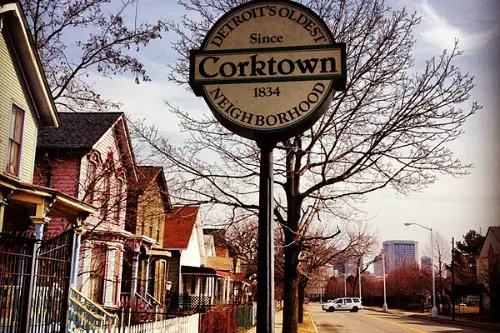
Detroit listings often mention “up-and-coming neighborhoods” — translation: there’s still a long road ahead. “Investor special” is a common phrase and usually means the property needs a complete overhaul. “As-is” in Detroit is often not just a condition, it’s a warning. Many homes have been vacant for years, and that wear shows.
Real estate here walks a fine line between optimism and reality. Homes can sell for shockingly low prices, but listings won’t highlight the absence of basic utilities or extensive code violations. If you spot “close to downtown,” double-check what that really means in driving time. Navigating Detroit listings requires local knowledge and a sharp eye.
5. Seattle, Washington
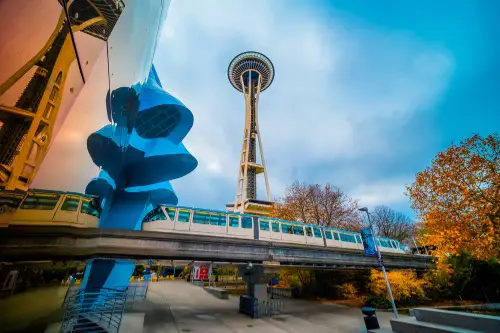
In Seattle, if a listing says “partial view,” it might mean you can see the Space Needle if you lean out of the bathroom window. “Modern updates” often just means stainless steel appliances were installed five years ago. With so many micro-apartments, “efficient layout” is another common euphemism. Space is tight, and listings work overtime to make it sound bigger.
Seattle’s tech-driven housing market has created a rush of condos and townhomes with cookie-cutter designs. “Urban lifestyle” usually means there’s no parking or yard. Terms like “income potential” often hint at a basement unit you’d need to legalize yourself. Buyers need to read between the trendy lines to see what’s really being offered.
6. Miami, Florida
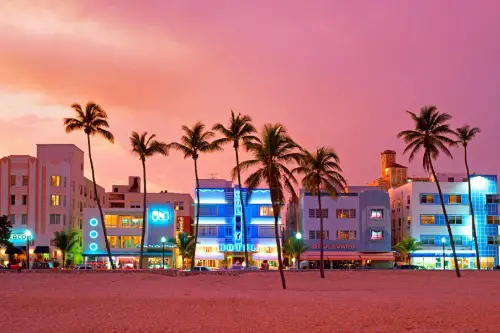
“Waterfront views” in Miami doesn’t always mean you’re near the beach — sometimes it’s just a canal or retention pond. If a listing brags about being “steps from the action,” it could be code for late-night noise. “Tropical landscaping” can mask a tiny yard filled with overgrown palm trees. The flashy language often distracts from major flood risk disclosures.
Because so much construction is high-rise and condo-based, listings often exaggerate building amenities. “Resort-style living” might only mean there’s a shared pool and a small gym. Many buildings have special assessments looming, but you won’t find that mentioned in the highlights. Miami’s listings are all about the gloss, so read the fine print.
7. Boston, Massachusetts
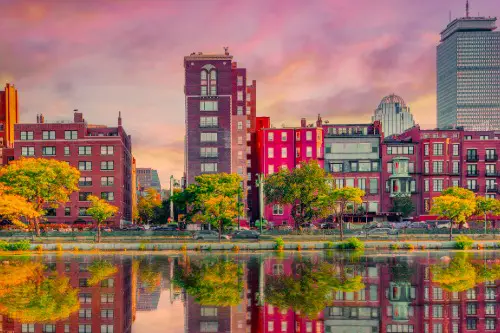
In Boston, “classic charm” can mean original windows that leak and radiators that clank all night. “Walkable to T” often requires some generous interpretation of walking distance. Listings that say “loft-style” sometimes just mean the bedroom has no door. And “garden-level unit” is almost always a basement apartment.
The city’s historic architecture means many units are in converted brownstones or triple-deckers. Listings might highlight “character” while glossing over creaky floors and steep staircases. Space is always tight, so “efficient kitchen” may just mean there’s a sink, stove, and fridge all touching. In Boston, real estate descriptions often prioritize charm over function.
8. Los Angeles, California
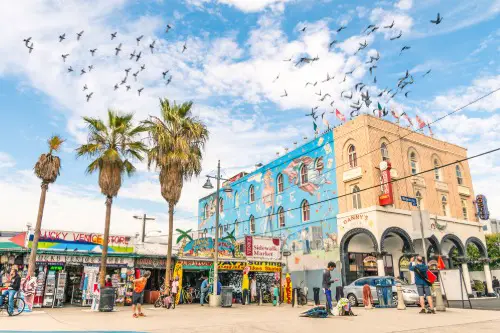
In LA, “celebrity adjacent” doesn’t mean the house is famous — just somewhere within the same zip code as someone who is. “Views” might mean a peek at the hills if you crane your neck. If the listing mentions “creative layout,” get ready for a weird floor plan. “Mid-century potential” often refers to a teardown with asbestos.
The city’s real estate market is hyper-competitive, and listings reflect that. “Quiet street” might be true — except during rush hour or filming days. “Open-concept living” has become so common it’s now used even when the living room and kitchen are basically one cramped space. Decoding LA listings is like reading a movie script — full of hopeful edits.
9. Austin, Texas
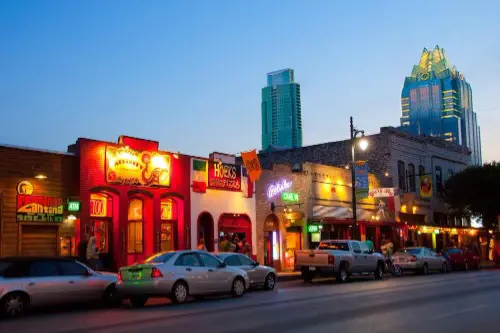
“Eclectic neighborhood” in Austin can be a red flag for gentrification tension or commercial encroachment. “Foodie’s dream” usually means the home is near trendy food trucks, but not much else. “Converted garage” pops up often and may not meet code. And if you see “funky,” expect some truly odd design choices.
Austin’s explosive growth has led to lots of hasty renovations. “Updated interior” sometimes hides the fact that the exterior is still falling apart. Listings talk a lot about “walkability,” but in many neighborhoods, sidewalks are nonexistent. Real estate here loves to sell the lifestyle, even when the house doesn’t quite match.
10. Chicago, Illinois
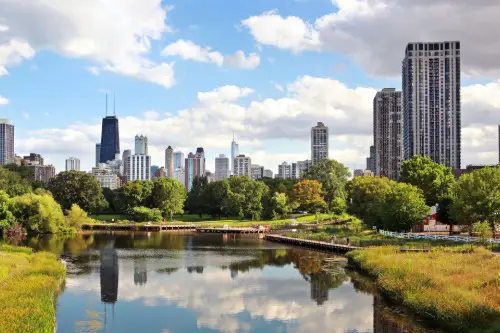
In Chicago, “vintage” means old — and not always in a good way. “Exposed brick” might also mean poor insulation. “Close to public transit” sometimes means the train runs right behind your bedroom window. Listings here often use charm to mask serious maintenance needs.
The city’s diverse housing stock spans everything from worker cottages to three-flats. Agents highlight “bonus rooms,” but those are often awkward attic or basement spaces. “Hardwood floors throughout” sounds great until you realize they’re original and warped. Chicago listings walk a tightrope between gritty and gorgeous.
11. Asheville, North Carolina
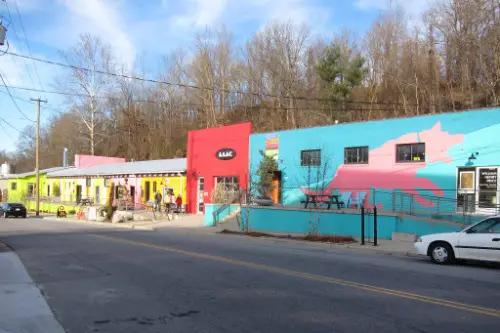
“Rustic touches” in Asheville often hint at knotty pine paneling from the ‘70s. “Cabin feel” can also mean no central air and limited Wi-Fi. If a listing mentions “off-grid potential,” that might mean it’s not currently hooked up to utilities. “Natural landscaping” sometimes just means the yard has been left wild.
Asheville’s mix of mountain homes and city craftsman bungalows creates a wide spectrum. “Zen retreat” is another popular phrase — but it may mean a property that’s extremely remote. “Unique layout” usually involves lofted sleeping areas or outdoor-access-only bathrooms. Buyers looking here need to be open-minded and inquisitive.
12. Brooklyn, New York
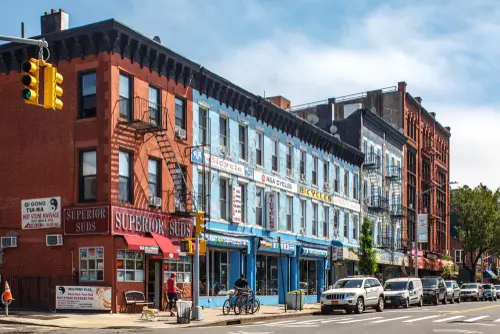
“Charming pre-war details” might mean original fixtures that barely work. “Third-floor walk-up” sounds quaint until you’re moving a couch up those stairs. “Sun-drenched” can mean overheating in summer, especially if there’s no A/C. And if you see “flex space,” it might be a living room that doubles as a second bedroom.
Brooklyn’s competitive market means listings often blur the line between possibility and reality. “Creative co-op” might involve complex approval processes and high monthly fees. If a unit says “just minutes from the subway,” double-check the map. Real estate language here is part art, part illusion.
13. Portland, Oregon
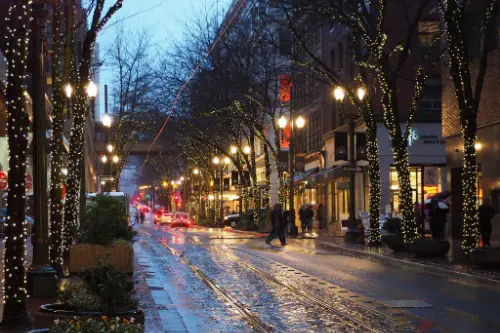
“Artist’s haven” in Portland can be code for a shed with electricity. “Eco-friendly upgrades” might just mean reclaimed wood counters and a compost bin. “Minimalist design” sometimes equates to missing closets and bare bulbs. And if a listing says “close to nature,” that might mean deer nibbling your garden.
Portland homes often lean into personality — for better or worse. “Modern farmhouse” can be wildly inconsistent in execution. “ADU potential” gets thrown around a lot, but zoning laws are strict. To decode Portland listings, bring your imagination — and a good inspector.
This post 13 U.S. Cities Where the Real Estate Listings Speak in Code was first published on American Charm.


